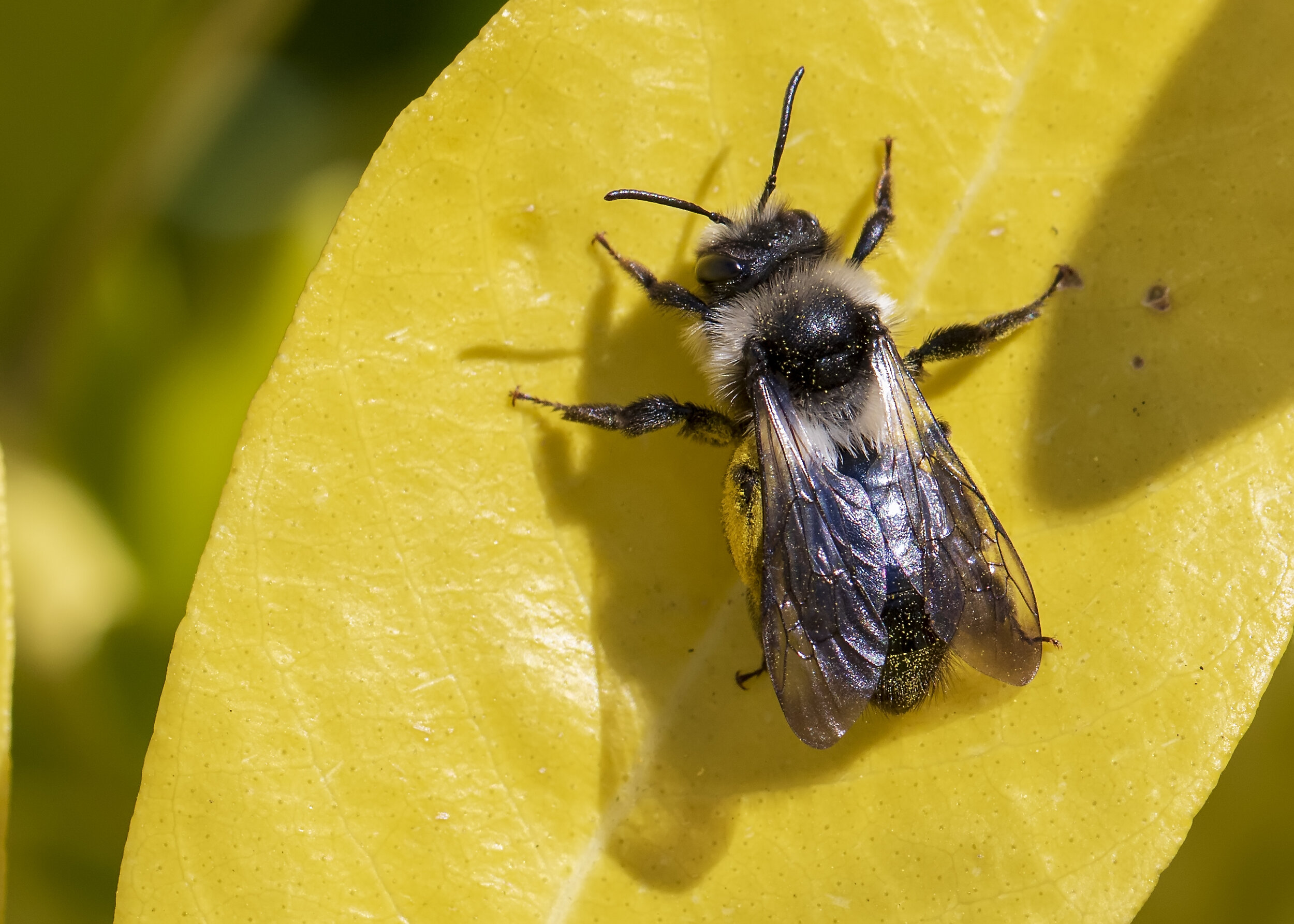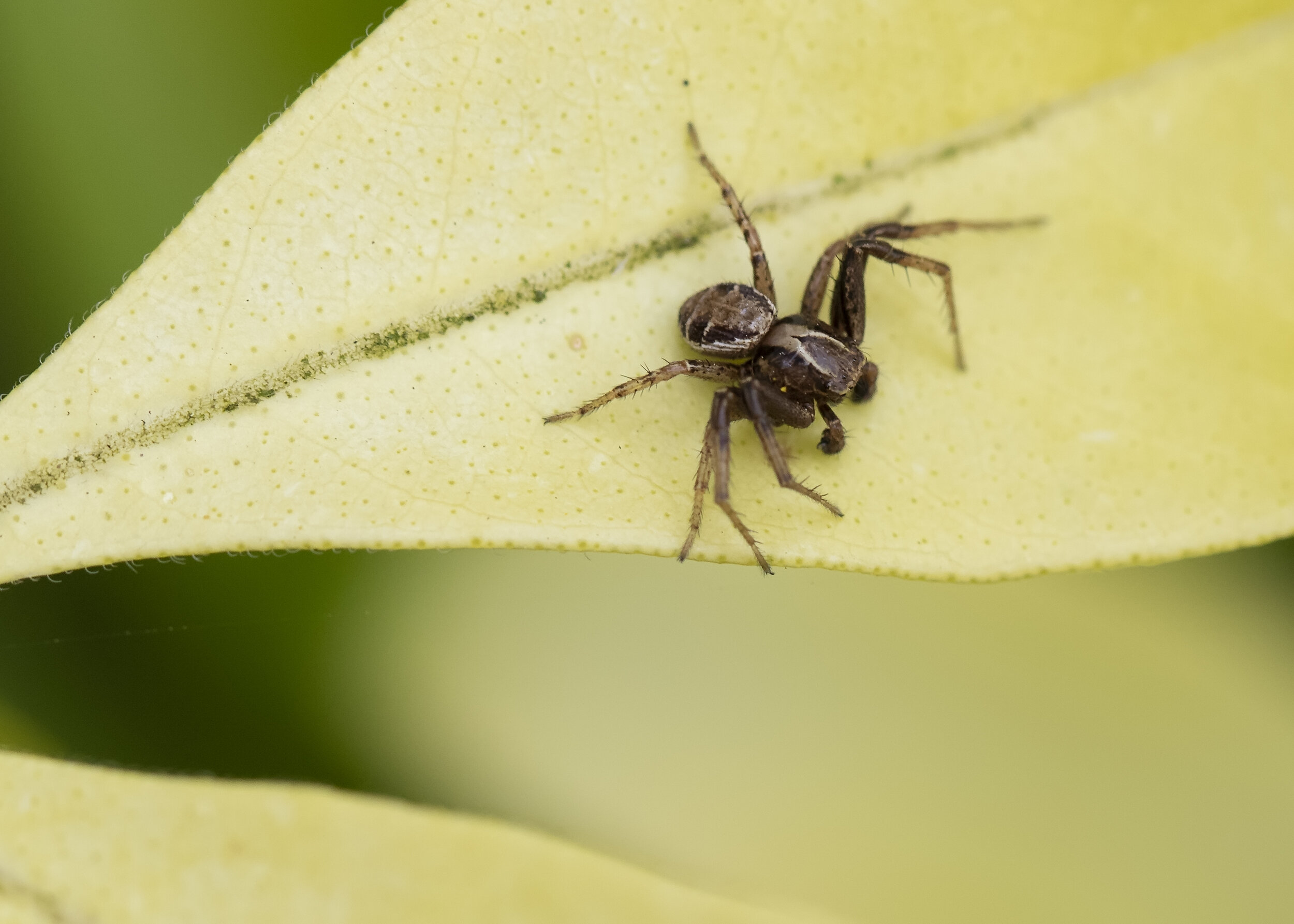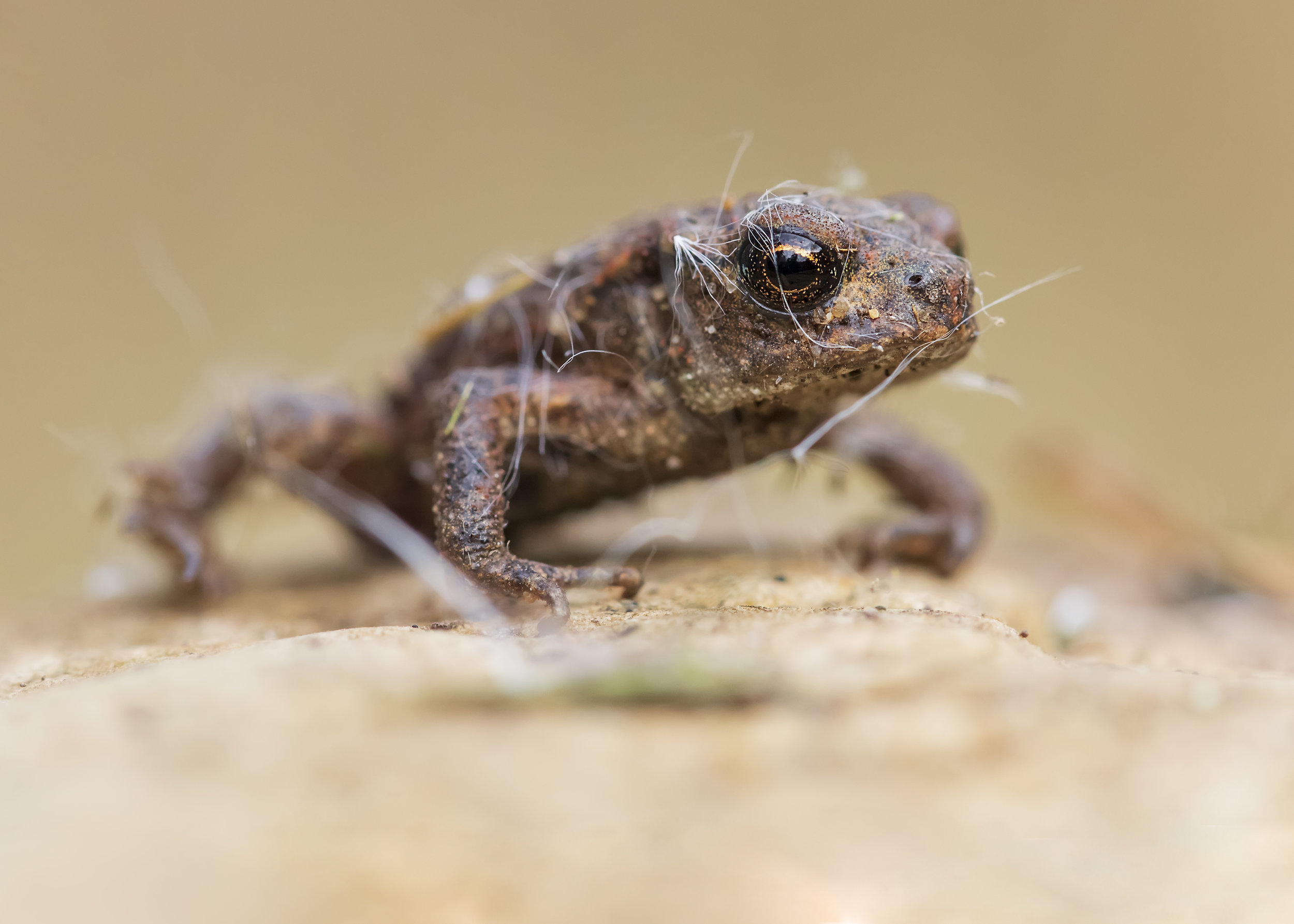2020 is looking to be a year to remember for sure! I know for many this has been nothing but stressful time and it’s looking to continue that way for a while longer. I do hope that you are finding some positives in this situation. Spending more time with the family may be a good thing, sorting out the home, garden or just generally getting the rest that you deserved? Well if not, please take it!
For those that have followed my blog, it’s been a rough experience so far but I’m now back into work. During the lockdown I focused on recording wildlife in the garden, mainly bugs and bees. I’ve created a bug hotel with my partner and planted wildflowers ready for summer. I’ve also started recording nocturnal migration which has been really successful! I haven’t tallied up my total species count yet but it’s increasing daily.
Going self-employed was a tough decision for me at the time, and very risky! so risky that there was a period where I was really struggling and if it weren’t for help in the family I wouldn’t have got thru it, but I’m out the other end and it’s times like this that’s really made me thankful that I did, as I’ve been able to continue working, and that work is outdoors which is vitally important for my mental health.
Last week I started sharing videos of my sound recordings, as I found that Youtube is slightly better for sharing content on social media platforms, as they don’t need to leave Facebook in order to listen. Here’s some more to add to the growing collection. Firstly is this Firecrest which is a new territory for me and surprise surprise, the bird was mimicking Goldcrest in a reduced manner. You can hear a couple of these mimic phrases at the start of the recording.
Willow Warbler and Tree Pipit are two species I’ve been hearing a lot of this week as they return from Africa and with these two extra species alone the dawn chorus sounds so much bigger than before. So big that I’ve also included a recording of the dawn chorus, which is still with my parabolic dish, but something I hope to do a lot more of in the future for In Our Nature CIC as it can be quite therapeutic to listen to.
My Nocmig continues to pull up some fantastic birds! especially between the 24-26 where I had Common Sandpiper, Water Rail, Arctic Tern, Dunlin, Oystercatcher a Heron and what I presume is a Raven? at 12pm. Would appreciate any opinions on that one though as I didn’t think Ravens would be flying so late.
I’ve been getting a lot of questions about this Nocmig recording, so I’ve revamped my sound recording page, with an additional page at the bottom, devoted to nocmig. Hopefully after a few months more experience I’ll be able to make it a resource of recordings for others to use as identification, as there isn’t a heap of resources online for nocturnal calls: Partly because there is very little known about them! You can either start at the top of my sound recording page and work down ( should keep you occupied for a while) or you can skip to the bottom and click the Nocmig button. There isn't much there yet, just a little about my setup, but that will develop as time goes on. I hope it’s useful.
I’ll leave you with a photo of a common species of Drone-fly (Misumena vatia), males of which are lining up to impress a female. This is common behaviour and distinct to this species and sometimes you can get a dozen lining up doing the same thing. Can you spot the predator in the scene also?














































